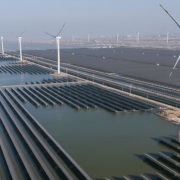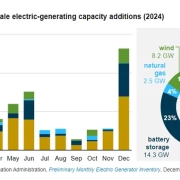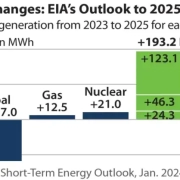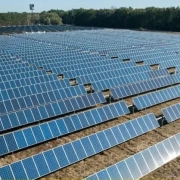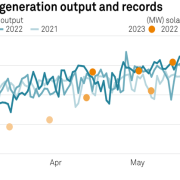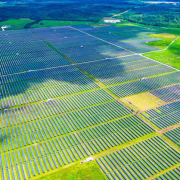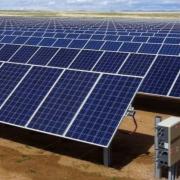The amount of wind and solar power under construction in China is now nearly twice as much as the rest of the world combined, a report has found.
Research published on Thursday by Global Energy Monitor (GEM), an NGO, found that China has 180 gigawatts (GW) of utility-scale solar power under construction and 159GW of wind power. That brings the total of wind and solar power under construction to 339GW, well ahead of the 40GW under construction in the US.
The researchers only looked at solar farms with a capacity of 20MW or more, which feed directly into the grid. That means that the total volume of solar power in China could be much higher, as small scale solar farms account for about 40% of China’s solar capacity.
Click here to read the full article
Source: The Guardian
—
If you have any questions or thoughts about the topic, feel free to contact us here or leave a comment below.

